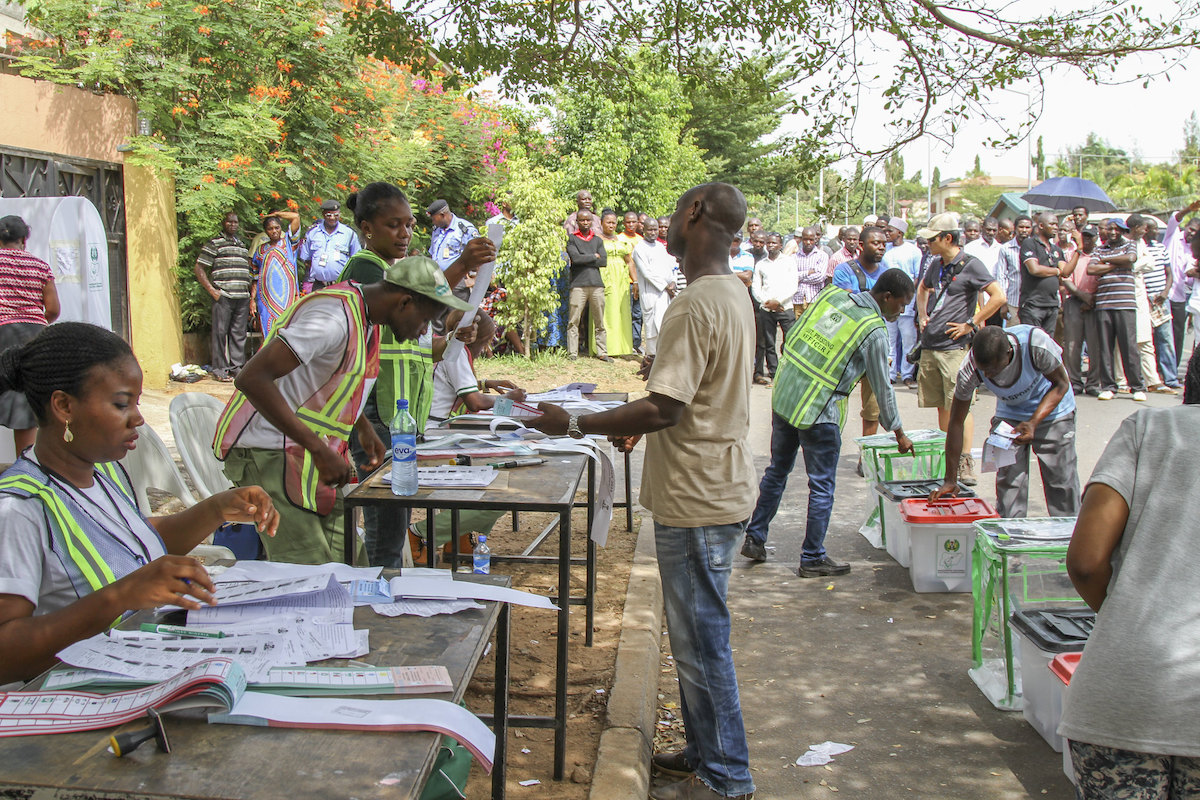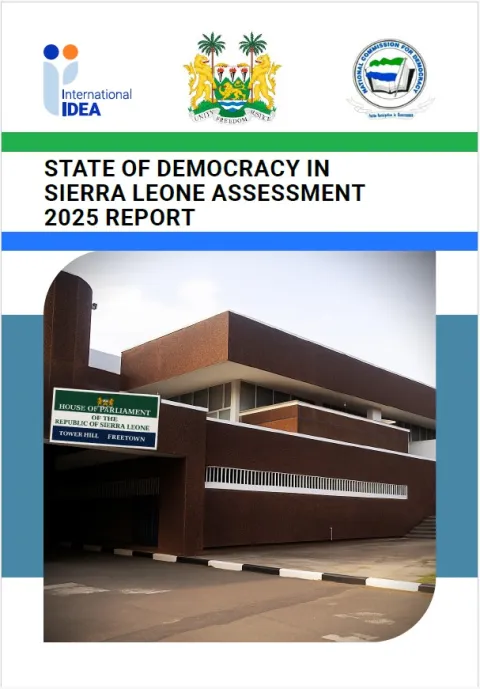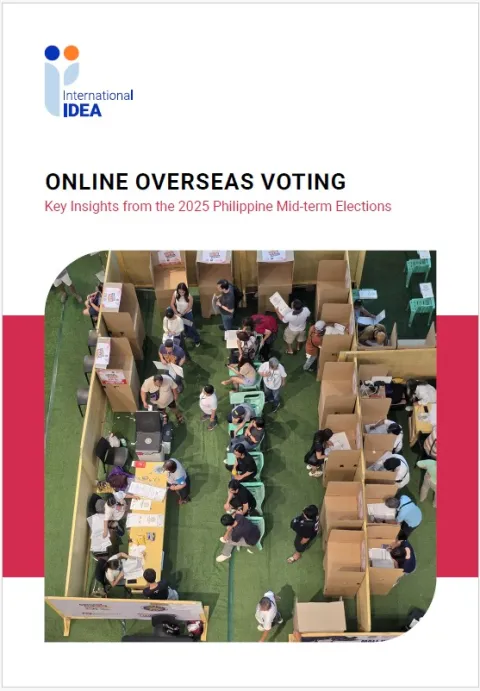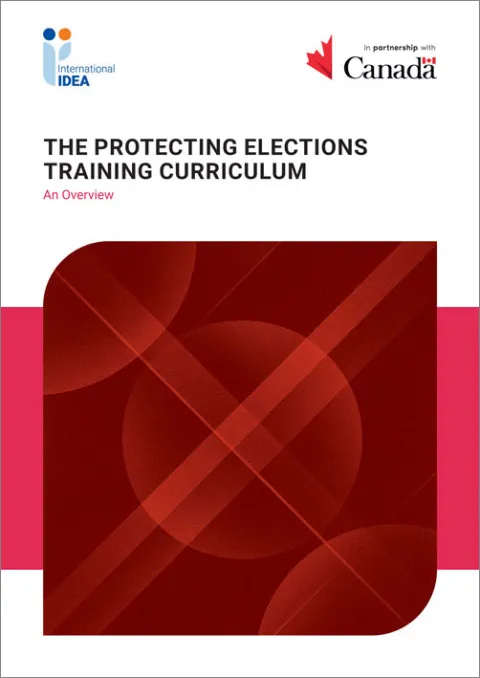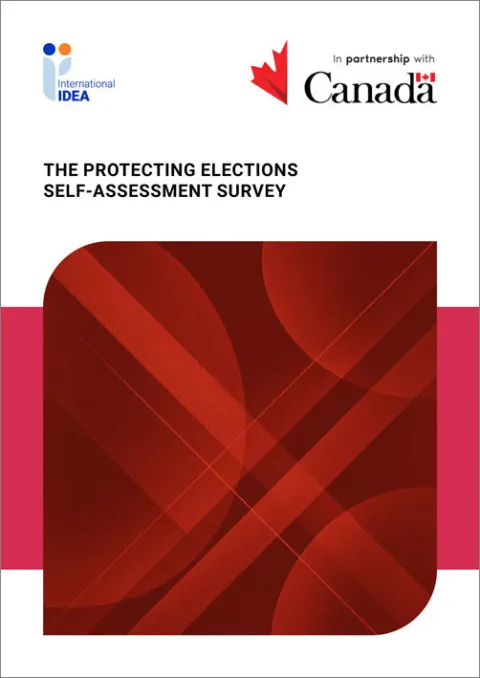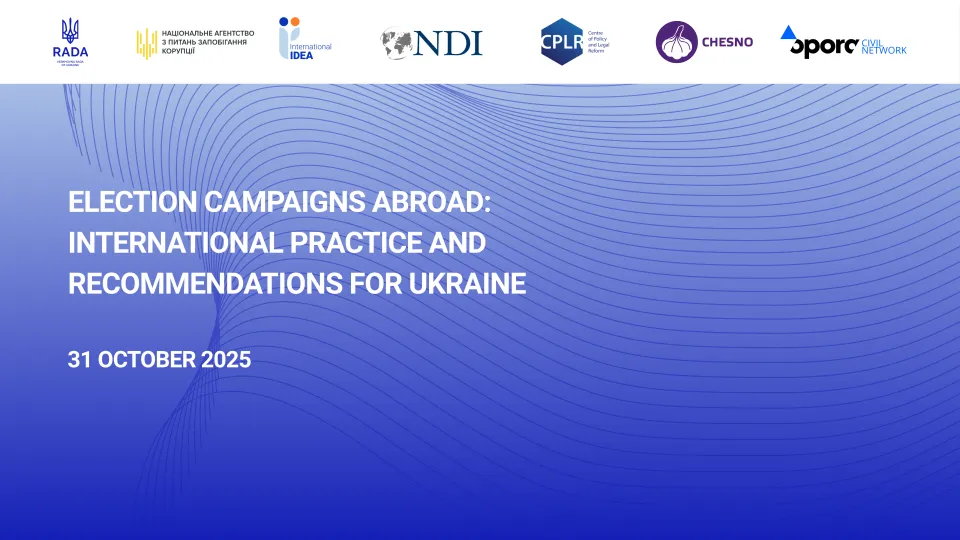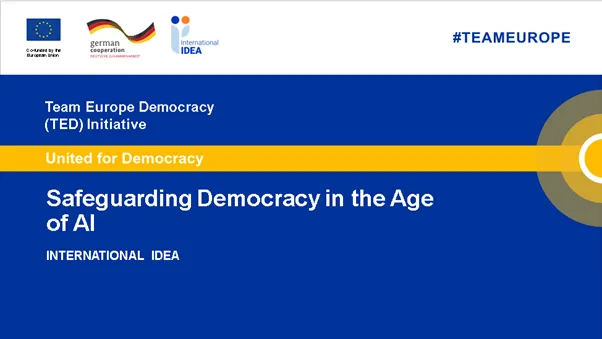Electoral Risk Management Tool: Internal Factors Guide
Understanding and explaining outbreaks of election-related violence is a complex task; predicting whether forthcoming elections will turn violent, which factors may underlie or trigger violence, and what can be done to prevent violence is even more difficult. One way to address the problem is to empower those who have immediate responsibility to prevent and mitigate election-related violence, such as electoral management bodies, security sector agencies and other state and non-state agencies.
The Electoral Risk Management Tool (ERM Tool) is designed to empower people to ensure peaceful and credible elections. The software aims to build the capacities of users to understand, analyse and mitigate electoral risks. Specifically, the ERM Tool can build users’ capacity to understand electoral risk factors; collect and analyse risk data; design prevention and mitigation strategies; and record the results of actions.
The software is accompanied by three Guides. The Internal Factors Guide is a support document to the ERM Tool. In conjunction with the External Factors Guide, it provides guidance to the users of the ERM Tool in identifying electoral risks in a given country and electoral context.
This Internal Factors Guide is related to the 2nd edition of the Risk Factors Guides:
External Risk Factors: https://doi.org/10.31752/idea.2018.45
Action Guide: https://doi.org/10.31752/idea.2018.47
Overview of the 2nd edition guides: https://doi.org/10.31752/idea.2018.44
To access the 1st and 3rd editions, please visit:
The 1st edition's page:
ERMT-Guide-on-Internal-Factors.pdf
ERMT-Guide-on-External-Factors.pdf
The 3rd (latest) edition's pages:
https://doi.org/10.31752/idea.2024.40
https://doi.org/10.31752/idea.2024.39
Details
Staff authors
Contents
Acknowledgements
About this Guide
Phase 1: The legal and institutional framework
Introduction
1. Contested electoral law
2. An unfit electoral system
3. Inadequate electoral administrative rules
Phase 2: Planning and implementation
Introduction
4. Poor performance of the electoral management bodies
5. An inadequate system for the resolution of electoral disputes
6. Inadequate operational planning
7. Inadequate funding, financing and budgeting
8. Inadequate electoral security arrangements
Phase 3: Training and education
Introduction
9. Poor training for election officials
10. Lack of training for political parties and media
11. Lack of training of security sector agencies
12. A poor voter information campaign
Phase 4: Registration
Introduction
13. Problematic voter registration
14. Problematic registration of political parties and candidates
15. Problematic accreditation of domestic and international observers
Phase 5: Electoral campaign
Introduction
16. Unequal media access and favouritism
17. Provocative use of media by political parties
18. Provocative party rallying
19. Provocative and violent actions by political parties
Phase 6: Voting operations and election day
Introduction
20. Insufficiency, destruction and loss of sensitive and non-sensitive materials
21. Lack of transparency of special and external voting
22. Problematic election-day operations
23. Problematic ballot counting and result tallying
Phase 7: Verification of results
Introduction
24. Poor management of election results
25. Poor management of the final round of electoral appeals
26. Rejection of the election results
References
About the authors
About the ERM Tool
About International IDEA
Give us feedback
Do you have a question or feedback about this publication? Leave us your feedback, and we’ll get back to you
Send feedbackElectoral Risk Management Tool: Internal Factors Guide

| Total views | 14150 |
|---|---|
| Downloads | 125 |
| Rating |
Staff authors
Give us feedback
Do you have a question or feedback about this publication? Leave us your feedback, and we’ll get back to you
Send feedback